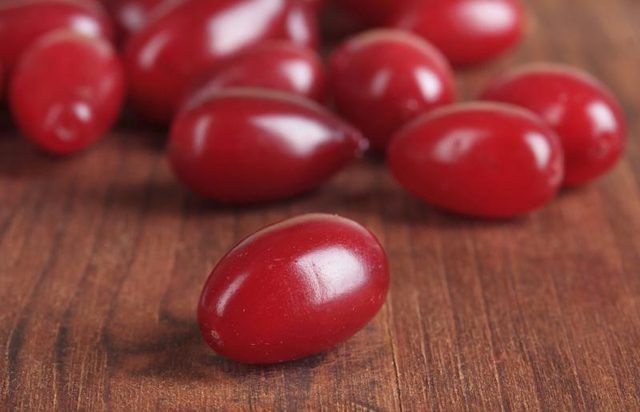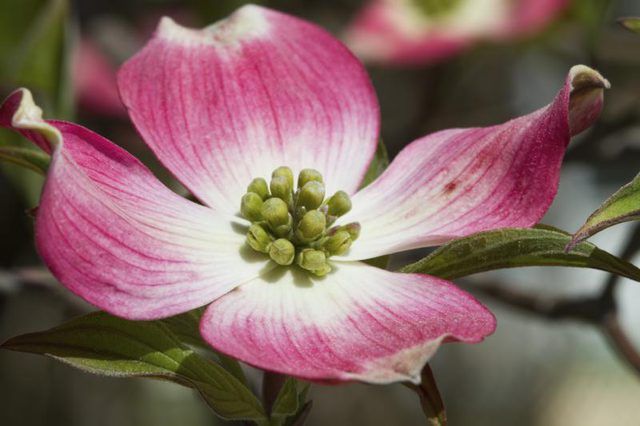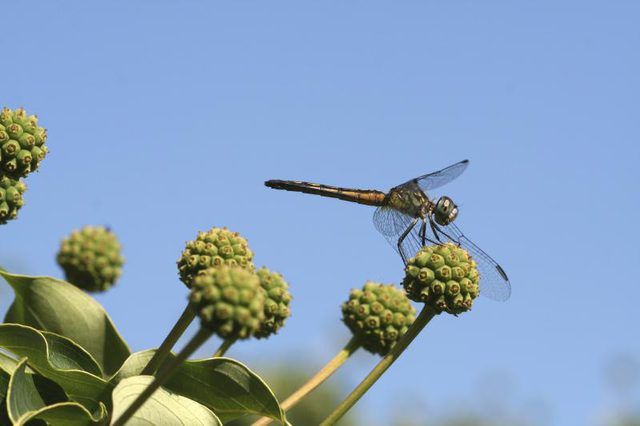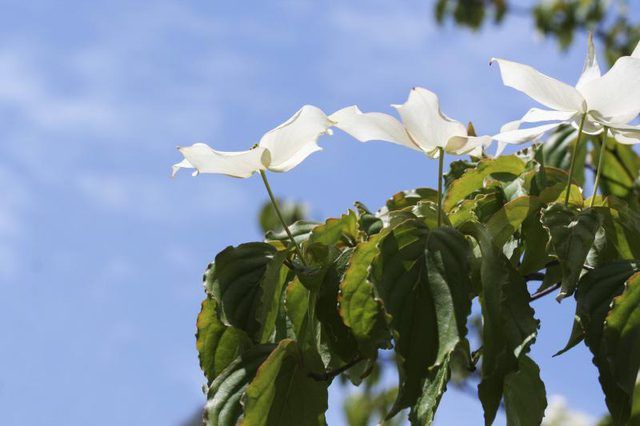Bulbs
Flower Basics
Flower Beds & Specialty Gardens
Flower Garden
Garden Furniture
Garden Gnomes
Garden Seeds
Garden Sheds
Garden Statues
Garden Tools & Supplies
Gardening Basics
Green & Organic
Groundcovers & Vines
Growing Annuals
Growing Basil
Growing Beans
Growing Berries
Growing Blueberries
Growing Cactus
Growing Corn
Growing Cotton
Growing Edibles
Growing Flowers
Growing Garlic
Growing Grapes
Growing Grass
Growing Herbs
Growing Jasmine
Growing Mint
Growing Mushrooms
Orchids
Growing Peanuts
Growing Perennials
Growing Plants
Growing Rosemary
Growing Roses
Growing Strawberries
Growing Sunflowers
Growing Thyme
Growing Tomatoes
Growing Tulips
Growing Vegetables
Herb Basics
Herb Garden
Indoor Growing
Landscaping Basics
Landscaping Patios
Landscaping Plants
Landscaping Shrubs
Landscaping Trees
Landscaping Walks & Pathways
Lawn Basics
Lawn Maintenance
Lawn Mowers
Lawn Ornaments
Lawn Planting
Lawn Tools
Outdoor Growing
Overall Landscape Planning
Pests, Weeds & Problems
Plant Basics
Rock Garden
Rose Garden
Shrubs
Soil
Specialty Gardens
Trees
Vegetable Garden
Yard Maintenance
What Dogwood Tree Has Red Berries?
What Dogwood Tree Has Red Berries?. Flowering dogwood (Cornus spp.) trees brighten spring and early-summer gardens with colorful bracts and flowers that include shades of white, pink, red and yellow. But you’ll receive a double reward if your dogwood tree is one of the species that produces red berries after the flowers fade.
Flowering dogwood (Cornus spp.) trees brighten spring and early-summer gardens with colorful bracts and flowers that include shades of white, pink, red and yellow. But you’ll receive a double reward if your dogwood tree is one of the species that produces red berries after the flowers fade.

Flowering dogwood (Cornus florida) is a native plant throughout its perennial range of U.S. Department of Agriculture plant hardiness zones 5 through 9. Brightly colored red fruits appear in clusters in late summer to fall. Although the fruits are toxic to people, they are prized by many birds, such as bluebirds, robins and cedar waxwings. You can plant only one tree to produce the fruit, because flowering dogwood has perfect flowers, meaning each flower can pollinate itself because it contains male and female reproductive parts. Commonly called berries, the fruits are botanically classified as drupes.

In USDA zones 5 through 8, kousa dogwood (Cornus kousa) bears showy, pinkish-red fruits that resemble raspberries. Although the taste doesn’t rival that of its lookalike, the berries are edible. If you plant kousa dogwood as a fruit source for birds, steer away from the Stellar series, such as Stellar Pink (Cornus "Rutgan" Stellar Pink), which is a hybrid cross between flowering dogwood and kousa dogwood. Hardy in USDA zones 5 through 9, Stellar Pink is a sterile tree that doesn’t bear flowers and cannot produce fruits.

Cornelian cherry dogwood (Cornus mas), also called Cornelian cherry or European cornel, is so-named because of its brilliant cherry-red fruits. In USDA zones 4 through 8, cornelian cherry dogwood bears showy yellow flowers in spring, instead of the more recognizable white or pink bracts of flowering dogwood. Each berrylike fruit contains only one seed, compared to flowering dogwood, which may contain several seeds. If your newly planted cornelian cherry dogwood tree doesn’t bear fruit, be patient -- young seedlings produce only male flowers, but second- or third-year transplants begin growing perfect flowers, which can produce fruit.
